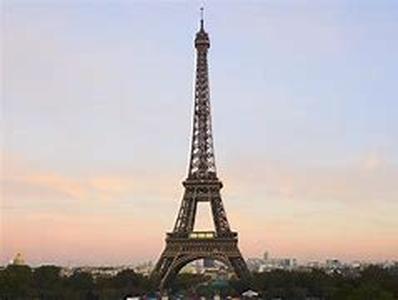
A Great Landmark At The Northern End Of The Avenue De LOpera In The 9e Arrondisement, The Paris Opera House Is Regarded As One Of The Architectural Masterpieces Of Its Time. This French Attraction Was Founded By King Louis XIV In 1669 With Around 2, 200 Seats.The Paris Opera House Was Conceptualized As Part Of The Great Parisian Reconstruction Of The Second Empire Under Baron Haussmann Which Was Proceeded From Napoleon IIIs Authorization In 1858 To Clear The 12, 000 Square Meters Of Land On Which It Was To Be Built. Then Unknown 35- Year Old Architect Charles Garnier Was The One Who Won In The Design Competition. In 1861, The Foundation Stone Was Laid Followed By The Dawning Of Its Construction A Year Later. Even With Several Stumbling Blocks Including The Franco- Prussian War And Paris Commune, It Was Completed In 1874. The Extremely Marshy And Swampy Ground With Underground Water Beneath The Site That Caused Continual Pumping For 8 Months Before The Concrete Base Was Placed Was Also One Of The Problems Encountered. It Was Said To Have A Required Formation Of An Underground Reservoir. The Lake Then Later Became An Inspiration For The Creation Of The Phantom Of The Operas Lair.Palais Granier Or Paris Opera House Was Formally Inaugurated On January 15, 1875 With A Performance Of Fromental Halevys La Juive And Excerpts From Gaicomo Meyrebeers Les Hugentos. This Large Edifice Has A Total Area Of 11,000 Square Meters Or118, 404 Square Feet With A Huge Platform With A Room That Can Accommodate Up To 450 Artists. It Is Ornate With A Monumental Style, Opulently Decorated With Elaborate Multi- Colored Marble Friezes, Columns And Lavish Statuary. The Interior Is Also Rich In With Velvet And Gold Leaf With Cherubs And Nymphs. The Auditoriums Central Chandelier Has A Mass Of Over 6 Tons While The Ceiling Was Painted By Marc Chagall In 1964. Currently, Paris Opera House Is The Main Venue For Both The Opera National De Paris And Opera Bastille. According To John Norwich, Editor Of Great Architecture Of The World, "Although Described By A Contemporary Critic As 'looking Like An Overloaded Sideboard', The Paris Opera House Is Now Regarded As One Of The Masterpieces Of The Period. Here, Garnier Triumphed Over A Cramped And Difficult Site, Handling The Carriage-ramps And Approach Steps, The Foyers And Staircases, Both In Section And Plan, With Confidence And Skill. Throughout His Life, Garnier Was Criticized For His Excessive Use Of Ornament, As Napoleon And Haussman Are Still Accused Of Being Inspired By An Out-of-date And Imperialist Showmanship Expressed In A Language Already Debased. Such Critics Forget That Every City Needs Its Occasional Monuments And Occasions Of Grandeur And That Thanks Largely To These Three Men, Paris Remains One Of The Most Beautiful Cities In The World."





